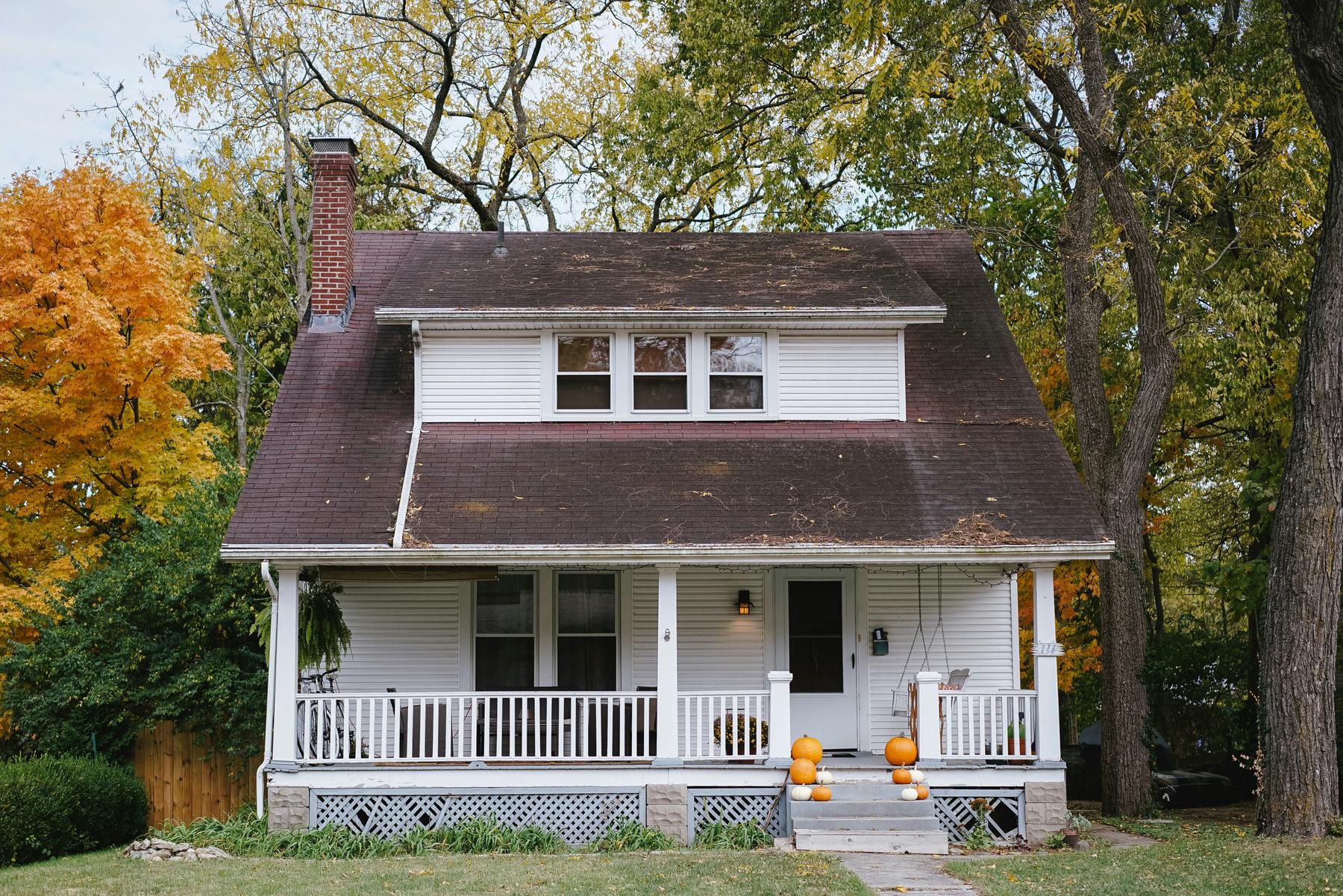
Have you ever found yourself at a gallery opening or gig in Western Sydney, overhearing conversations about negative gearing and wondering, "What is negative gearing, and how does it affect me as a creative professional?" Understanding this concept could be a game-changer for your financial future.
Negative gearing happens when the costs associated with an investment property—like interest on loans, maintenance, and other expenses—exceed the rental income it produces. This net loss can then be deducted from your taxable income.
Imagine you've purchased an investment property in Penrith for $600,000:
Annual Rental Income: $500/week × 52 weeks = $26,000
Annual Expenses:
Mortgage Interest: $30,000
Property Management Fees: $2,600
Insurance: $1,200
Council Rates: $2,000
Maintenance: $1,500
Total Expenses: $37,300
Annual Loss: $26,000 (income) - $37,300 (expenses) = -$11,300
You're negatively geared by $11,300, which you can deduct from your other income when filing taxes.
As a creative earning $100,000 annually, a loss of $11,300 from negative gearing reduces your taxable income to $88,700. This could lower your tax payable amount substantially.
While accepting short-term losses, investors anticipate that the property's value will increase over time. For example, a 5% annual growth on your $600,000 property equates to a $30,000 gain in the first year.
Negative gearing requires you to cover the shortfall between income and expenses. For creatives with fluctuating incomes, this can strain cash flow and requires careful budgeting.
The strategy's success depends on several factors:
When selling the property, you'll owe CGT on 50% of the profit if held for more than 12 months. This can affect the net gains from your investment.
Sarah, a freelance graphic designer earning $95,000 a year, considers negative gearing.
Without Negative Gearing:
Taxable Income: $95,000
Tax Payable: $22,967
With Negative Gearing (Loss of $11,300):
Taxable Income: $83,700
Tax Payable: $19,397
Tax Savings: $3,570
By investing, Sarah reduces her tax bill and positions herself for potential capital gains.
Negative gearing isn't a one-size-fits-all solution. It requires balancing potential tax benefits against cash flow constraints and market risks.
By understanding what negative gearing is and how it fits into your financial plan, you can make informed decisions that support both your creative endeavors and long-term wealth building.
Yes, while property is common, you can negatively gear other investments like shares if the expenses exceed income.
Your net investment loss reduces your taxable income, potentially moving you into a lower tax bracket and reducing the amount of tax you owe.
If rental income exceeds expenses, you'll pay tax on the net income, but you'll also enjoy extra cash flow.
Some renovation expenses are immediately deductible, while others are depreciated over time. Consult a tax professional for specifics.
Increased rates raise your expenses, potentially increasing your deductible losses but also impacting cash flow.
Sign up to receive relevant advice for your business.